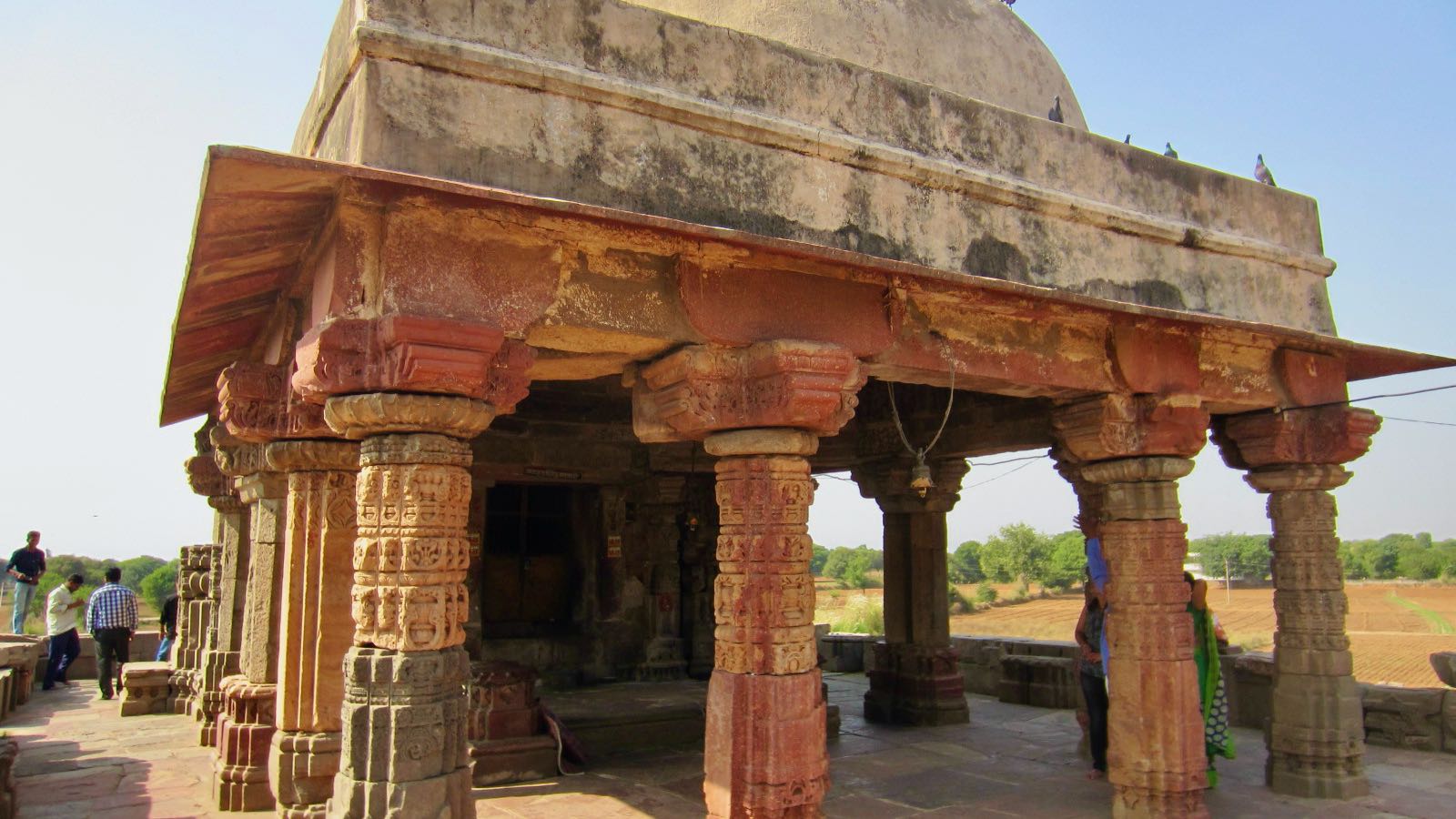Abhaneri Step Well
Rajasthan’s Engineering Marvel
The Abhaneri stepwell was another of the ‘must see’ items on my visit list and I was tingling with excitement when my driver turned off the main highway to Agra and into the small village, located 240km south of Delhi in Rajasthan.
This was to be one of the most remarkable engineering achievements I was to encounter in India.
What surprised me most was how few people knew about this place. Even my driver did not know of it and I had to provide rough directions for him. Perhaps my Aussie accent and pronunciation was to blame, or maybe this engineering masterpiece truly remains one of India’s lesser-known treasures.
The engineering marvel of the stepwell
The Abhaneri stepwell was to turn out as a mammoth tribute to ancient Indian engineering prowess.
At approximately 30 metres wide and 19.5 metres deep, this massive structure features an intricate network of roughly 3,500 steps. The geometric precision of these steps creates mesmerising patterns that remind me of one of those magical castles where stair caes move and go nowhere or turn in on themselves, with staircases seemingly leading in every direction.
A royal retreat
The stepwell served as more than just a water source – it was the King’s Summer Palace. The ancient engineers developed sophisticated water circulation systems throughout the palace complex. As water flowed through various levels before reaching the main well, it created a natural cooling effect.
King Chanda and his queens enjoyed private chambers within the palace structure, while noble families gathered on different levels of the stepwell.
These steps provided refuge from the intense Rajasthan heat, creating comfortable spaces for socialising and relaxation as water cascaded through the complex.
The temple next door
Adjacent to the stepwell is the Harshat Mata temple, though its current state differs significantly from its original glory. The temple once soared over 30 metres high before Mughal invaders destroyed much of the structure.
Today, the partially rebuilt temple rises about five metres, with its somewhat mismatched reconstruction giving it a unique character.
The temple’s carved figures bear silent witness to historical conflicts – their faces were systematically destroyed during the invasion. Despite this damage, the Harshat Mata temple remains an important religious site for local Hindu worshippers.
My personal experience
It was early afternoon when we arrived and the lighting was almost perfect with very little shadow and great definition of the steps and water in the soft afternoon light. Once inside the main structure and standing on the top level inside the entrance, the true scle of the stepwell hit me.
Back in Australia when researching this structure I had envisioned my self making my way day the steps to at least one of the lower levels.
But now, being there, looking how high and narrow each step was and completely devoid of handrails, I knew neither my courage or balance was going to suffice. And so, I stayed at the top, totally gobsmacked at the sight before me. The scale and workmanship of this place was truly amazing.
If you look past the green water and litter, you can’t help but appreciate the workmanship and skill that many of India’s great historical monuments such as this display. There is certainly nothing like it back home.
Final thoughts
The Abhaneri stepwell represents more than just ancient engineering – it stands as a reminder of India’s innovative architectural heritage. It also made me wonder if we could build something as intricate nowadays. Do we have the skills of the budget? Or even the will?
My brief time in this small Rajasthan village left an indelible impression, proving that sometimes the most remarkable discoveries lie off the beaten path. If you are in the area, do stop and spend some time here. It is well worth the visit.









Chand Baori is one the best examples of geometric expertise of ancient india..it is located in Abhaneri village, and was built in the 9th century..
It is considered to be the oldest & deepest stepwell in India..and probably the largest in the world..the main purpose being to store water and keep it cool..
we only wish that we were able to go at least a few steps down !
Absolutely amazing!!
I hadn’t done my research and thought that this was just a stop on the way between Agra and Jaipur.
Wow, what a stop!
Glad you liked it Marc. Thx for the comment.
I hadn’t seen this on my previous visits to India and I am pleased to have included it this time round. It really is a marvel of engineering but you cannot help feeling sympathy for the people who walked down 13 flights of narrow stairs to collect water!! I would have rumbled down after the first few narrow steps
Beautiful Stepwell – worth taking a detour to see.
Chand Baori is a beautiful place. Calm & peaceful and in amazing condition considering it dates from the 9th century. The government tourism official at the entrance provided us some details on the step well – it’s history & purpose, which was very helpful. Many years ago we saw a similar step well at Hampi. They are such beautiful structures and we were delighted to be brought here by our driver en route from Ranthambore to Agra – worth the small detour.
It blew my mind as well. The best I saw in India.